What are 2D shapes – Two Dimensional Shapes – Name – Definition – Properties
What are 2D shapes ?
2D shapes, or two-dimensional shapes, are flat shapes that have only two dimensions, length and width. They do not have depth or height. These shapes can be drawn on a flat surface, like a piece of paper, and they include various types of polygons and circles.
Here’s a detailed explanation of some common 2D shapes with diagrams:
1. Circle
- Definition: A circle is a shape with all points the same distance from its center. The distance from the center to any point on the circle is called the radius.
- Diagram:
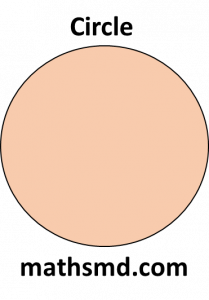
2. Triangle
- Definition: A triangle is a polygon with three edges and three vertices. The sum of the internal angles of a triangle is always 180 degrees.
- Types of Triangles:
- Equilateral Triangle: All three sides are equal, and all angles are 60 degrees.
- Isosceles Triangle: Two sides are of equal length.
- Scalene Triangle: All sides and angles are different.
- Diagram:
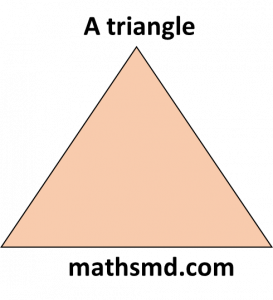
3. Square
- Definition: A square is a quadrilateral with four equal sides and four right angles (90 degrees each).
- Diagram:
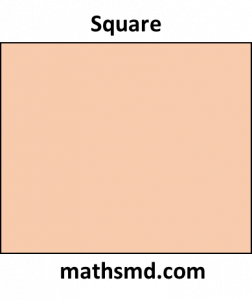
4. Rectangle
- Definition: A rectangle is a quadrilateral with opposite sides equal and four right angles.
- Diagram:

5. Parallelogram
- Definition: A parallelogram is a quadrilateral with opposite sides parallel and equal in length.
- Diagram:
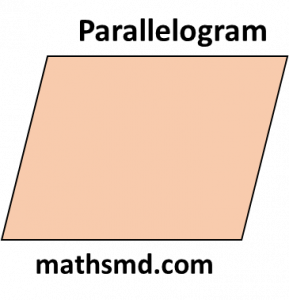
6. Rhombus
- Definition: A rhombus is a quadrilateral with all four sides of equal length but not necessarily right angles.
- Diagram:
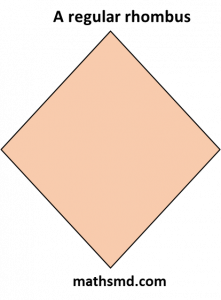
7. Trapezoid (or Trapezium)
- Definition: A trapezoid is a quadrilateral with at least one pair of parallel sides. In some definitions, both pairs of sides are required to be unequal.
- Diagram:
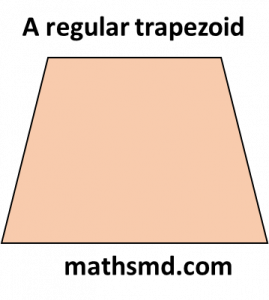
8. Pentagon
- Definition: A pentagon is a polygon with five sides and five angles.
- Diagram:
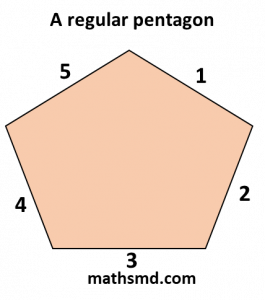
9. Hexagon
- Definition: A hexagon is a polygon with six sides and six angles.
- Diagram:
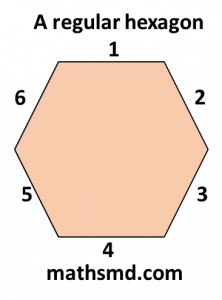
10. Octagon
- Definition: An octagon is a polygon with eight sides and eight angles.
- Diagram: Octagon
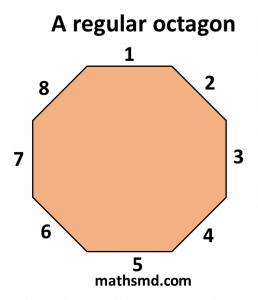
Properties of 2D Shapes
- Edges (or sides): The straight or curved lines that make up the boundary of the shape.
- Vertices (or corners): The points where two edges meet.
- Angles: The space between two intersecting lines or surfaces at or close to the point where they meet.
Understanding these basic properties helps in identifying and differentiating between various 2D shapes. Each shape has its unique characteristics and can be classified based on the number of sides, lengths of sides, and measure of angles.